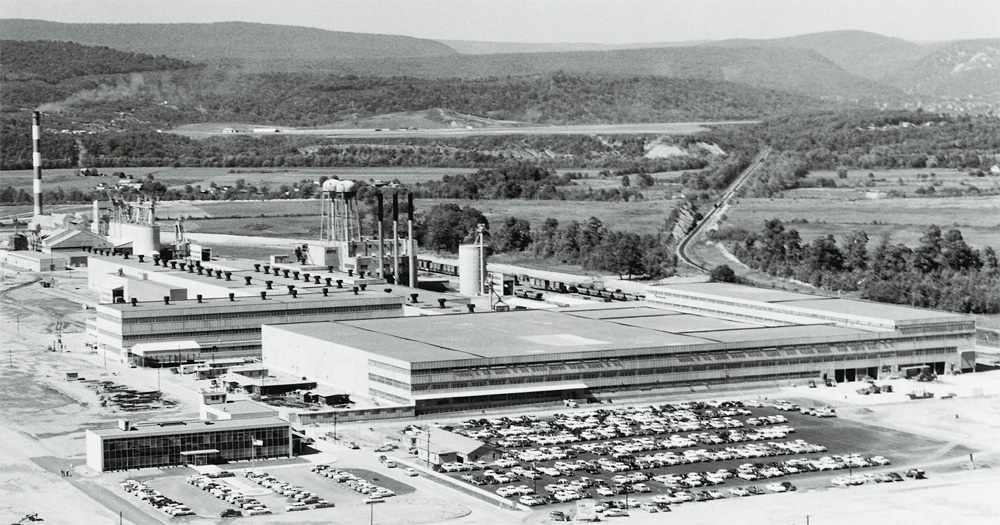
Q: I’m slowly building the industries on my HO layout and can’t seem to find one in particular: a glass plant. I see all types of industries one can buy in HO scale, but no one seems to make a glass plant. Why not? I once worked for one of the largest glass container manufacturers in the country. Several railroads brought us silica sand, potash, limestone, and cullet. Outbound, we loaded over-the-road trailers and intermodal containers. You’d think a glass plant would be a good addition to a layout, what with all the rail traffic required to keep it running 24/7. — Dana Vincent
A: You’re right, modeling a glass plant would be a fascinating subject that can generate a lot of rail traffic for a model railroad.
The primary ingredients of glass are sand, powdered limestone, and soda ash, all of which would be delivered by rail in covered hoppers to protect them from contamination in transit. These materials would be unloaded in covered sheds and stored in silos on site. A glass plant would also receive materials used in the polishing and finishing process, like salt cake, iron oxide powder, and felt. Packaging material such as cardboard, wood, Styrofoam, and bubble wrap could arrive by boxcar, as well as the occasional carload of machinery. Some plants might ship their finished product in boxcars, as well.
Glass is made by melting the sand and other raw materials together into a viscous liquid at very high heat. (Glass plants operate 24 hours a day, seven days a week, because if they ever let their furnaces cool down, the machinery would turn into a huge solid block.) In a modern float glass plant, the molten glass is extruded onto a pool of molten tin. Since this metal is both denser than glass and melts at a lower temperature, the glass can float along on this perfectly flat surface while it cools and solidifies. It’s then cut, finished and packaged for shipping. Older plants use rollers to flatten and shape the glass as it cools, then grind and polish it.
Most of this information came from Henry Freeman’s article “A plug-and-play industry for your railroad,” published in the January 2003 Model Railroader. In that article, Henry goes into more detail about how a glass plant is designed, how it operates, and how the railroad would serve it. It’s also the source of the track plan below. If you’re a subscriber to our website, Trains.com, you can download a higher-resolution PDF of the track plan from our Track Plan Database.
As for why you can’t find a scale model kit of a glass plant out there, it’s probably because from the outside, they look pretty generic. Any large brick, concrete, or corrugated metal structure kit would do to represent the different parts of the plant. If you’re modeling a glass plant, start with an unloading shed from Pikestuff (the Small Enginehouse would do) and some concrete silos for the raw materials (scratchbuilt from PVC pipe). For an older factory, look at Woodland Scenics’ Design Preservation Models modular brick wall system. For a mid-century or more modern look, try a larger Pikestuff kit, or some of the modular curtain-wall components from City Classics. (The status of City Classics is unclear since the passing of its founder, but Walthers and other vendors may still have some of the company’s products in stock.) Also take a look at the Walthers Cornerstone Modern Concrete Warehouse or Modern Concrete Grocery Warehouse for the ware room and shipping department.
As you can see from the track plan below, modeling a glass plant can take up a lot of layout real estate. You might consider modeling only the unloading shed and warehouse areas of the factory in 3-D and represent the rest of the plant with low-profile background buildings or photo backdrops.
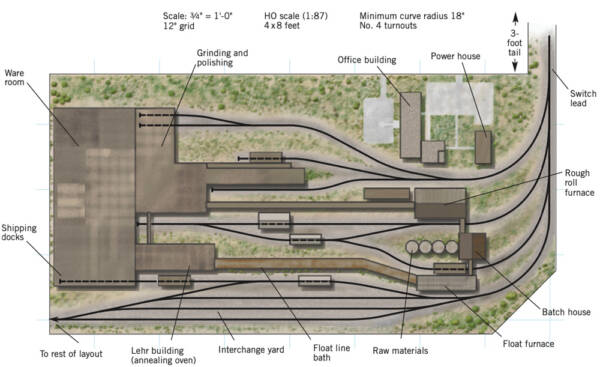
Send us your questions
Have a question about modeling, operation, or prototype railroads? Send it to us at AskTrains@Trains.com. Be sure to put “Ask MR” in the subject.






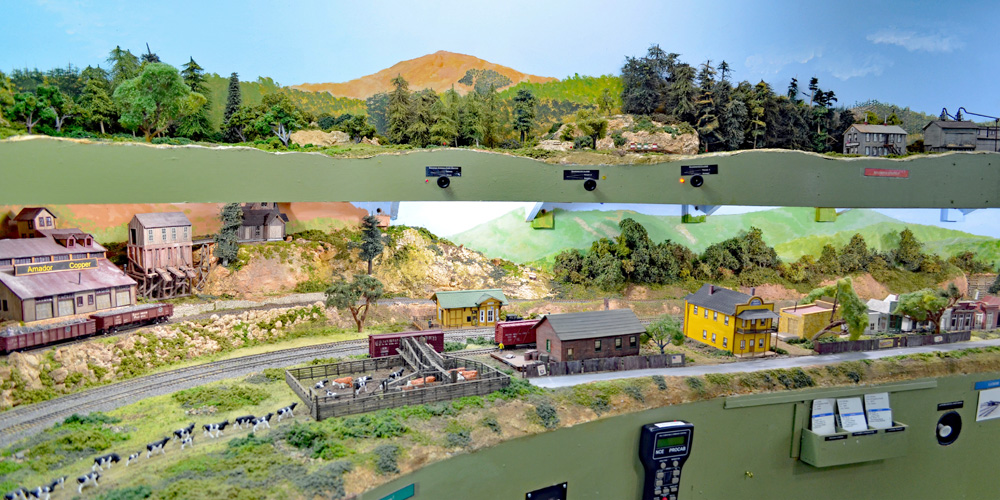
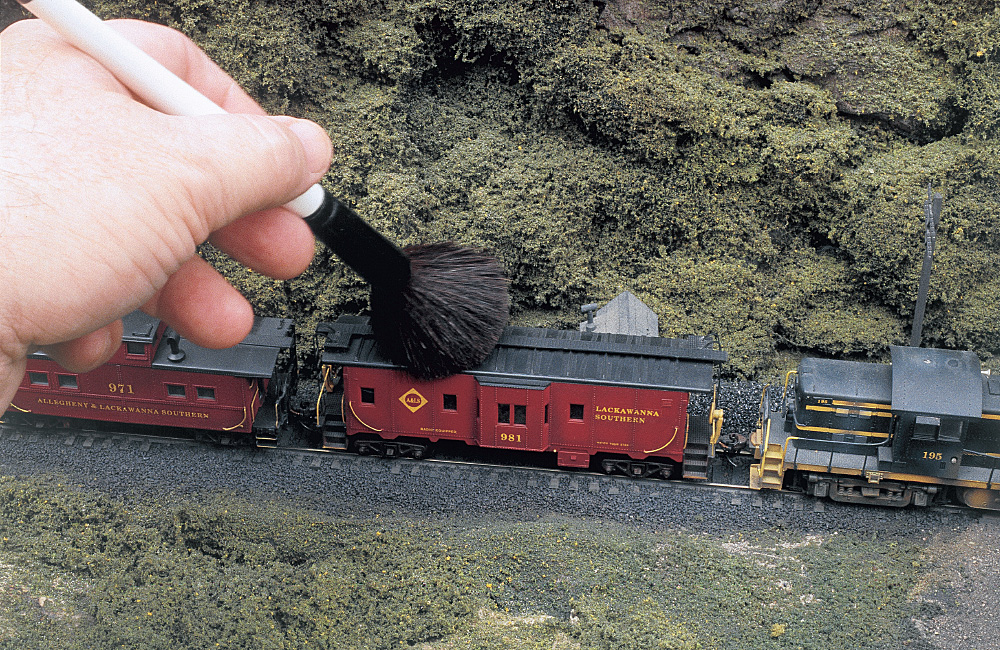

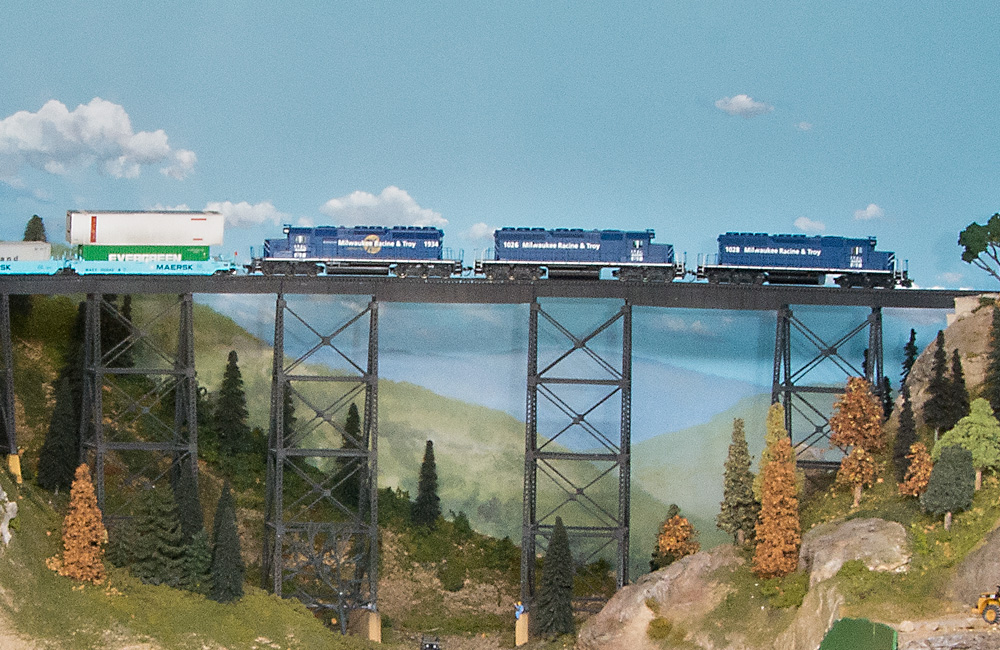




I lived in Crystal City Missouri and at one time, PPG operated the largest plate glass plant in the U.S. The plant was jointed served by MP and SLSF and received all the inbound materials mentioned. In plant switching was handled by PPG employees with company switch engines. Lots of small covered hoppers with sand, soda ash, also gondolas loaded with rouge and emory for polishing. Outbound, glass was shipped in boxcars, but also in 40′ trailers loaded at a nearby circus ramp. Gondolas were used with wooden A-frame carriers hauling large plates of glass for commercial buildings. I wish a glass plant was available too, at least the tank and annealing lehr buildings where the raw materials were blended, melted, and rolled into flat glass.
A modernized, former PPG glass plant exists just west of Mt. Zion, IL. Sat and Streetview photos can give you the layout and perspective. It only receives sand and ships nothing out by rail, but it gets switched 7 days a week.
I grew up in a town that had an Owens-Corning fiberglass plant. They used to receive hopper cars full of raw glass marbles to manufacture the insulation. The hopper cars were open-top and some marbles would spill out of the hoppers as the train slowed through town. We used to pick them up off the tracks after the train went by in the afternoon. Be sure to add hoppers heaping with raw glass marbles coming out of your plant – you don’t want to disappoint the kids in your model town looking for free marbles.